
Ultra-Low Velocity Zone "ULVZ" images
|
Ultra-Low Velocity Zone (ULVZ) images (return to image directory page)
|
||||
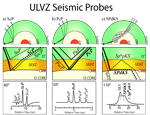 |
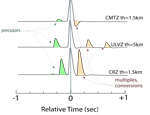 |
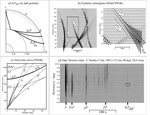 |
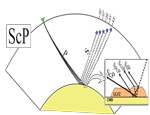 |
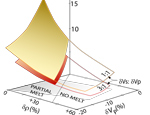 |
| AI (344 Kb) JPG (324 Kb) | AI (122 Kb) JPG (210 Kb) | AI (979 Kb) JPG (408 Kb) | AI (122 Kb) JPG (120 Kb) | AI (119 Kb) JPG (122 Kb) |
|
There are a number of ways to probe the core-mantle boundary region for fine scale layering. Here are some of the more common ones. Sebastian Rost has some additional probes he has developed. [PDF]
|
If you have a skinny layer with anomalous properties, it introduces additional seismic arrivals. Here we see some of those associated with PcP
|
Sebastian Rost and I have worked a bit with this phase, and extension of ScP called ScPdiff.
|
Raymond Jeanloz is really the one that pointed out that depending on the seismic properties, partial melt is not really possible, given our understanding of deep mantle properties. Little known fact: Raymond is reputed to have dubbed the term "ULVZ". [PDF]
|
|
|
Ultra-Low Velocity Zone (ULVZ) images (return to image directory page)
|
||||
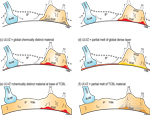 |
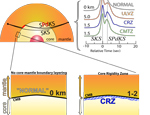 |
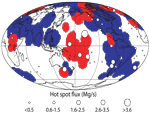 |
||
| AI (657 Kb) JPG (319 Kb) | AI (243 Kb) JPG (211 Kb) | AI (1.1 Mb) JPG (418 Kb) | ||
|
Here we show some of the many possibilities that might be related to the cause of ULVZs. Make note, with this many cartoons, it is usually admission to not being very sure about things... [PDF]
|
"Will the real core-mantle boundary please stand up?" At the instigation of Raymond Jeanloz, I became increasingly curious about the various ways we might model our data. There are some significant trade-offs depending on the seismic probe you use. [PDF]
|
Hot spots are shown here, scaled according to Norm Sleep's flux estimations, on top of "yes we think we see ULVZ" and "no we do not see ULVZ" zones. [PDF]. Mike Thorne updated this image in one of his 2004 papers.
|
|
|